According to FAO estimates, 45% of the world’s food is lost or wasted every year, and a big part of this is fruit. How to prolong fruits’ freshness and allow a longer shelf life is therefore a major challenge for the fruit sector.
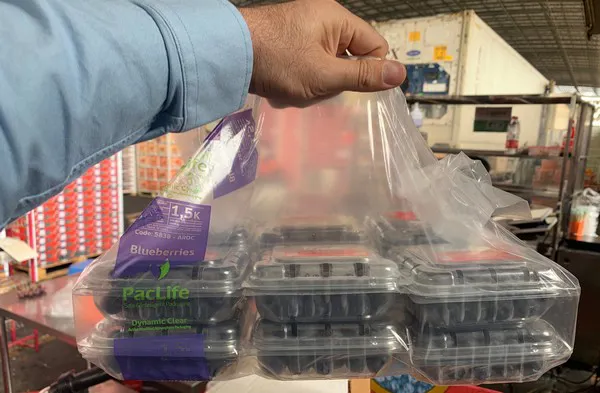
Paclife is a professional Modified Atmosphere Packaging company based in Chile. Their after-sales team has been trained to the highest standard and has several years of experience in technical support. Their technical expertise continues to improve every year.
The company’s China representative, Mr. Felipe Acosta was active in the Chinese fruit market for 3 years. He witnessed the market’s booming demand for imported fruits, as well as upgrades in the domestic fruit sector. Felipe shared his insights in the development of the Chinese fruit sector and the role of the use of MA packaging with us.
Felipe first introduced PacLife’s product range: “Modified atmosphere packaging is undoubtedly our main branch of postharvest fruit packaging solutions. Modified atmosphere bags allow a change in the concentration of gases inside the containers in a natural way through the interaction between fruit, environment, and container. This natural interaction helps to reduce the respiratory rate of fruits and vegetables.”
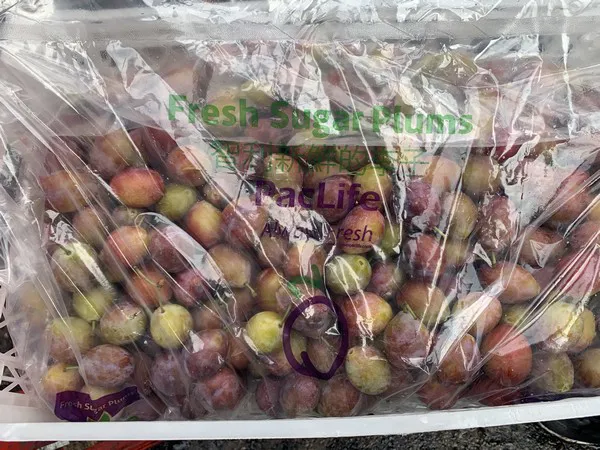
Different solution for different fruits
“Each type of fruit or vegetable has its own respiratory rate. Even for the same species, respiratory rates of different varieties are not the same. On top of that, objective conditions such as the transportation time and logistic mode can also make a difference in the fruit’s respiratory rate. Each fruit variety thus requires a different packaging strategy.” Felipe said. “We have a vast catalog of solutions for different situations. This allows us to provide precise and targeted solutions for our customers.”
There are many MA packaging providers in the market, when asked about the product specialty and differentiation, Felipe explains, “Even for the same fruit, all other conditions being the same, using proper MA packaging can make such a big difference for fruit quality. We want to make sure that the fruits packaged in Paclife products remain fresh for as long as possible.
"To give a few examples, cherries in Paclife packaging have greener stems and the cherries are more plump; our blueberries are firmer and have a great natural appearance; kiwi fruit soft enough to eat without turning mushy; and pomegranates have juicy seed-coverings and connective membranes that do not easily turn brown. These are just a few examples of the differences between PacLife and other MA brands.”
“In addition, PacLife is the only technology available on the market with a thermo-active capacity, which allows the sheet to react against temperature breaks, even in situations of lack of control and handling, allowing the internal concentration of gases to be always safe for the product to be preserved. And finally, this technology allows fruit to be kept fresh longer. This can help reduce fruit waste to the largest extent.”
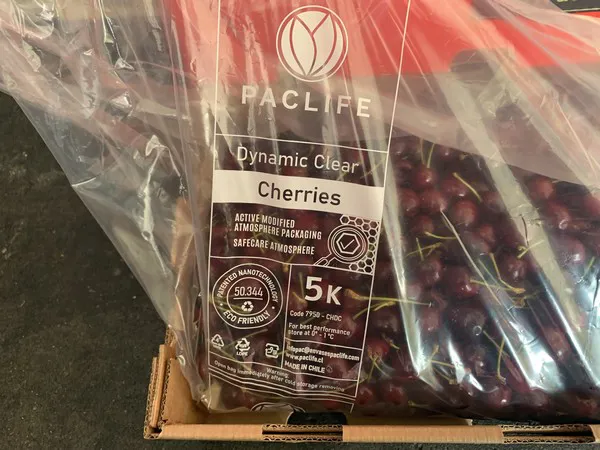
High-end domestic fruits sales
In the beginning, Paclife only worked with fruit exporters, providing solutions for their long-distance shipment and storage. On a daily basis, Paclife’s staff in China went to main fruit markets where their packaging was presented. “We check the quality of the recently-arrived products, examine the condition of the packaging, and provide after-sale solutions if needed,” Felipe said.
“In recent years, with the growing export volumes from Chile to China, more and more Chinese importers become aware of our packing solutions and see their benefits. When they start expanding business with high-end domestic fruit sales or start to export, they come to us, asking Paclife to provide solutions for their domestic business. With the growing demand from Chinese companies, we started giving more attention to domestic fruit traders, and we now provide packaging solutions for their domestic sales as well as export business.”
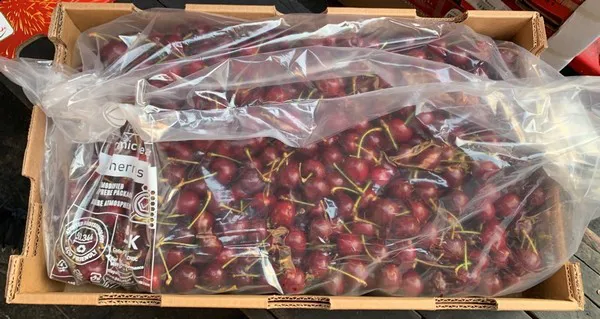
Domestic fruit packaging trends and problems in China
Working in the Chinese fruit sector for quite some time, Felipe has gained some insights, “There are various technologies used in the export of fruit that can be observed in the market. Undoubtedly the most used for long-transit exports is modified atmosphere technology (MAP). But the main problem with this technology is that it requires a constant cold chain, which cannot be met in the Chinese market due to its nature. When the cold chain breaks, it is suggested to open the containers, an action that is impossible due to the way the fruit is marketed in China. But when using PacLife’s MAP packaging, product quality is no longer subjected to logistic conditions, thus can be more stable.
"On top of this, the other big problem we see is that there is a ton of plastic and cardboard waste generated in the current way of packaging.” Felipe said, “Paclife packaging is based on an inclusion of nanotechnology in the plastic polymer, and the main component is a clay called zeolite. Zeolite has the characteristic of effectively controlling the fruit ripening hormone, allowing it to extend the shelf life of food two or three times. And the special thing is, zeolite material can be recycled. thus fulfilling our strong commitment to continuous research and development towards more environmentally friendly technologies and sustainability.”
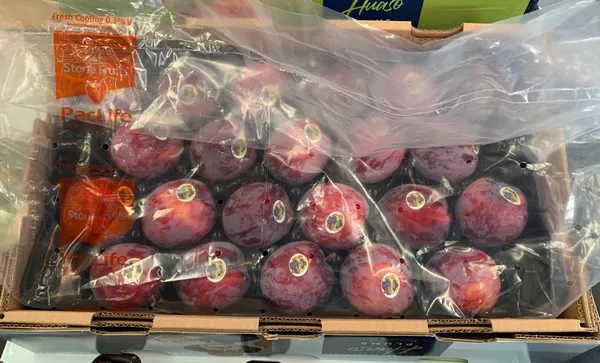
Innovative packaging technology
“It is funny that we recently found some replicated bags in local fruit markets. To some extent, it shows the popularity and reputation of our products. But we trust the end-user will eventually notice the differences. Although they can use the same design and make the bags look alike, the technical principle is impossible to be copied, especially when we are continuously innovating.” Felipe said.
The packaging technology is changing at a very high velocity, always new technologies are applied to fruit and vegetable packaging. For example, a few years back when cherries were first allowed for export to China, exporters often used controlled atmosphere (CA) container technology. Now, 100% of cherries shipped by sea are using atmosphere-modified technology (MAP).
As an innovative company, Paclife is consistently changing its technologies. “The MAP bags have evolved over the years, now the bags have additives to avoid condensation and fog, are more transparent, and like Paclife, with its patented technology, are smart and thermo-active.”
“We can say, Paclife bags are not simple plastic bags, but they are an entire system to protect the fruit from the packing stage to the market. We would love to get in contact with more Chinese fruit companies, to work together with them to prolong fruit freshness, and reduce global food waste.” Felipe said.
Paclife
Felipe Acosta (Product Manager)
Phone: +86 18117549773
Email: felipe.acosta@envasespaclife.com
Website: www.paclife.cl
